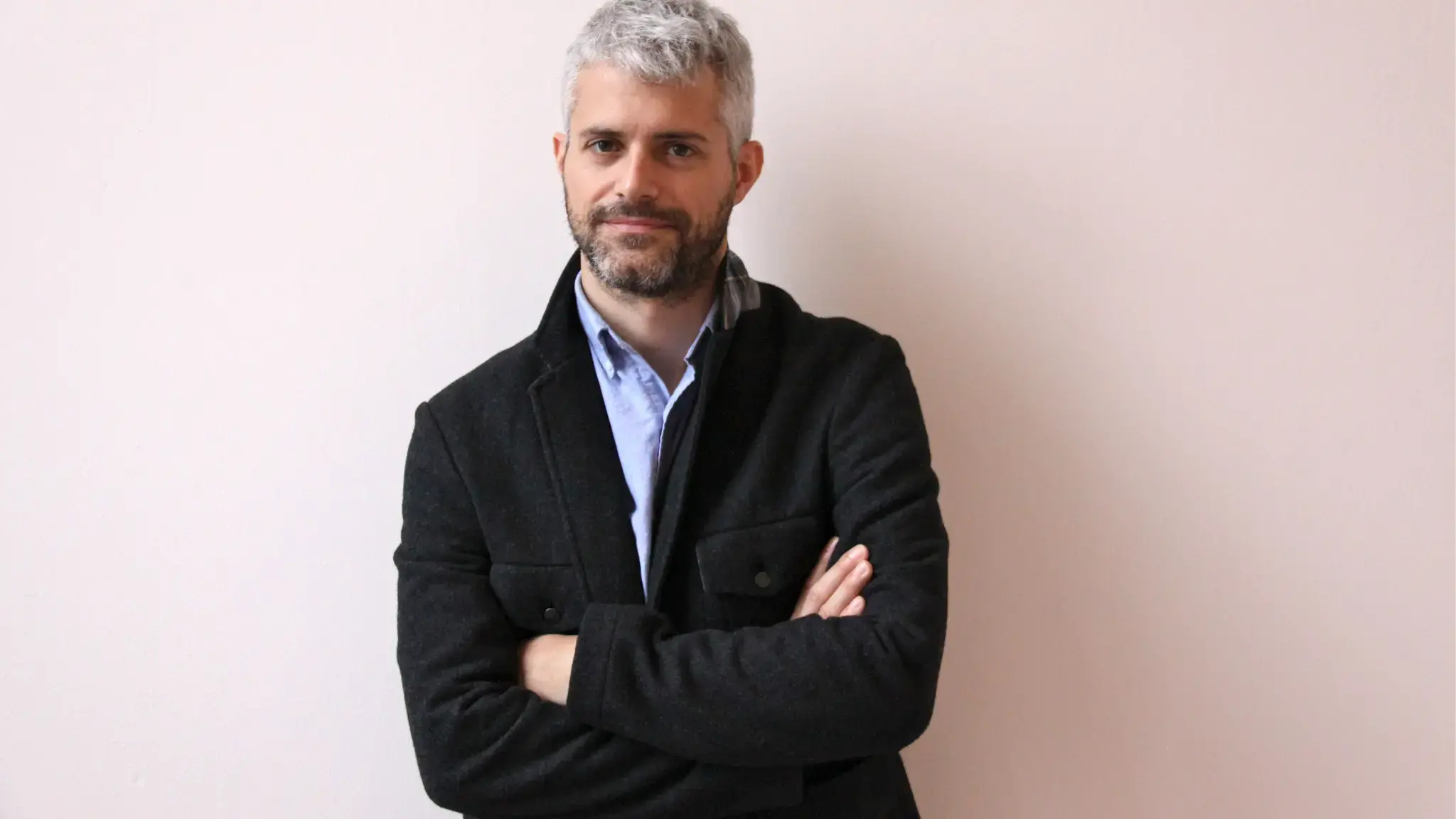

Pigeons on the Grass Alas: Contemporary Curators Talk About the Field lived on the The Pew Center for Arts & Heritage website as an ongoing series between 2011–13. The culmination of the series is now a publication, which is available through the Center. Below is the text of one our original interviews, conducted with Peter Eleey, curator and associate director of exhibitions and programs at MoMA PS1 in Long Island City, NY.
Whose curatorial practice has inspired your work and why?
I have probably been most inspired by individual artists, which I realize is cheating because they aren’t curators, but it is true. Some of those who have been among the most inspirational share a kind of specificity, promiscuity and awareness that I aspire to: among them Darren Bader, Trisha Donnelly, Thomas Hirschhorn, Goshka Macuga, Mark Manders, Mike Nelson, and Sturtevant. They have given me specific advice, or have provided models in their own shows—and not simply those we have done together. But they all insist on getting away with more than they should. As for curators, I realize I tend to be more inspired by specific shows than the people who did them, but the curators I have been lucky to work closely with over the years have taught me a lot about ways to think, work and behave, both on and off the field.
How has your thinking about exhibition-making and the role of the curator changed since you first started in the field?
I came to the field as a maker, and, I’m embarrassed to say, somewhat grudgingly. Curators were people who I pejoratively thought had a secondary role in the art ecosystem; it took me a little while to see how that adjacency and remove could be liberating, and to learn the real pleasures of thinking with and through others. I also gradually understood how unique each artist-curator relationship is, and how those particularities are reflected in the work that you do together. This helped me to realize how important it is to think through what kind of curator a given artist, subject, or situation asks me to be, and to embrace that.
For whom do you curate? What is the responsibility of the curator to her/his audience?
It changes, but is never one person or group. In general, I always think about a polymorphous “audience,” and create what I hope will be certain experiences for them—but I rarely have a specific enough audience in mind to address in terms of responsibility. I find sometimes that I do my best work when I curate first for myself, which feels a bit strange given our public mandates, but also makes a kind of sense.
How can contemporary art spaces outside of major artistic centers make meaningful contributions to the field at large?
They have to revel in their advantages of time, economy and distance. Make shows that can’t be (or aren’t being) done in the big cities—those that are too big, small, loud, soft, speculative, untimely, or uncool. Make your space the place where artists have their best experiences, and go tell their friends; they will come make or show their best work with you, and hold you close to their hearts. Likewise, make your openings special events that bring people into town, so they will go back home and talk up your shows and programs to people who will never see them (and who also will never see your mistakes). People in the centers always want something new to discuss, and you can give it to them in the form of a rumor. Seek wide press coverage, and help your local critics spread the word. Make good books that are distributed well. In short, give yourself a voice that is bigger than people think you deserve, and then make sure you deserve it.
Should we celebrate the achievements of great artists who are bad people?
Of course. A stroll around the Met makes clear that we don’t even know the names of the people who made many of the great objects that populate the history of art—among them perhaps murderers, rapists, and thieves. Essential to great art is the notion that it belongs to something bigger than its maker, its time, its current owner, and its viewer. (How else, we might point out, could the relocation of the Barnes Foundation be justified?)